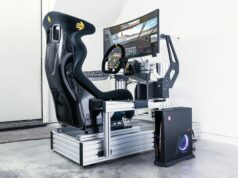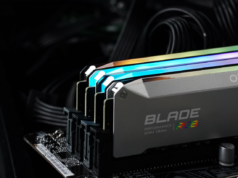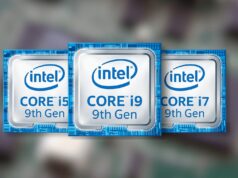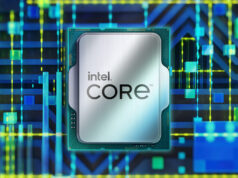
Frequent laptop crashes can be more than just a minor annoyance—they often signal underlying issues that need to be addressed.
Understanding the root causes of these crashes is crucial for maintaining the health and longevity of your device.
Naturally, this is unlikely to happen when you have a brand-new laptop. If you want to research the options before purchasing the device, read insights at https://bestlaptopsreviews.net.
Now, let us talk about why laptop crashes are happening.
Common Causes of Laptop Crashes

Overheating is one of the most common causes of laptop crashes. Internal components like the CPU, GPU, and power supply generate significant heat during operation. If this heat is not adequately dissipated, it can cause the system to crash.
Signs of overheating include the laptop becoming unusually hot to the touch, the cooling fan running constantly at high speed, and the system shutting down unexpectedly.
Preventing overheating involves several proactive measures.
Regular cleaning is essential to remove dust and debris that can block ventilation. Using cooling pads can also help by providing additional airflow.
Ensuring that your laptop is used on hard, flat surfaces rather than soft surfaces like beds or sofas can further aid in proper ventilation.
Loose or Faulty Hardware
Another common cause of crashes is loose or faulty hardware connections within the laptop. Over time, components can become dislodged due to physical shocks or simple wear and tear.
Loose connections can lead to intermittent power supply issues or communication failures between components, resulting in crashes.
To check for and secure loose hardware connections, it is advisable to periodically open your laptop and inspect the internal components. This process should be done carefully to avoid damaging delicate parts.
Ensuring that RAM modules, hard drives, and other components are securely seated can significantly reduce the likelihood of crashes related to hardware issues.
Software-Related Issues

Drivers are crucial for the proper functioning of your laptop’s hardware components. Outdated or corrupted drivers can cause system instability and frequent crashes. It’s important to regularly update your drivers to ensure compatibility with the latest software and hardware changes.
Keeping your drivers updated can often be managed through your laptop’s operating system update feature or by visiting the hardware manufacturer’s website.
In cases where driver updates do not resolve the issue, it may be necessary to uninstall and then reinstall the drivers completely.
Software and hardware incompatibility can also lead to frequent crashes. This issue arises when a new software update is not fully compatible with your existing hardware setup or when hardware components from different manufacturers do not work well together.
Identifying incompatibility issues involves paying close attention to when crashes occur and correlating them with recent software or hardware changes.
Resolving these issues may require reverting to previous software versions, updating incompatible hardware, or adjusting system settings to better accommodate the new software.
Signs Your GPU Might Be Failing
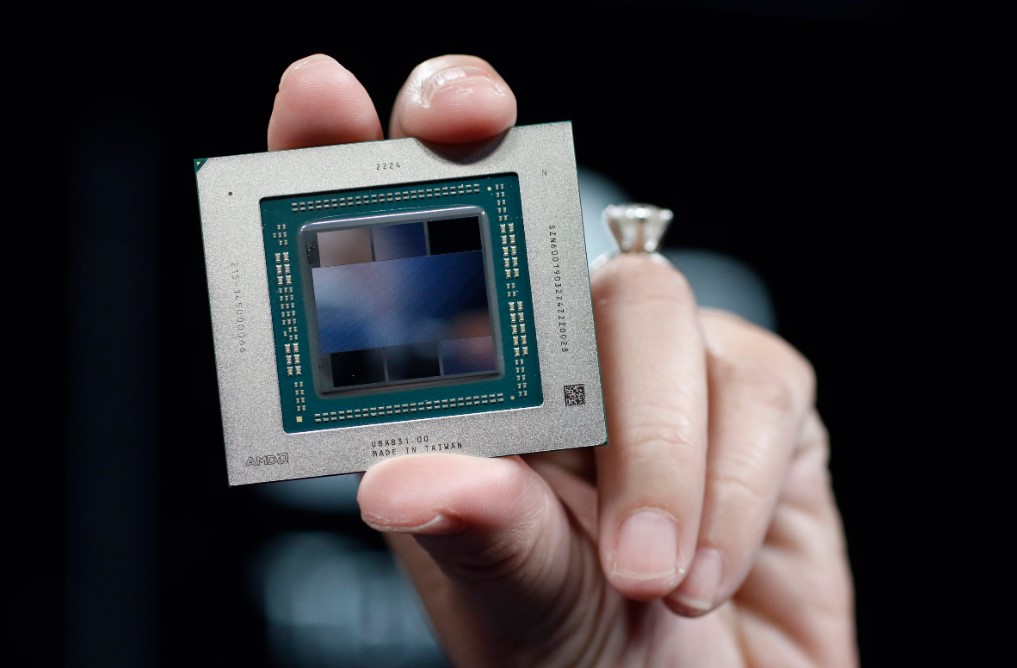
Now let us take a look at the signs your graphic card is about to fail.
Visual Artifacts and Glitches
One of the telltale signs that your GPU might be failing is the presence of visual artifacts and glitches. These can include strange lines, dots, or patterns on your screen that appear during regular use or gaming. These visual distortions often indicate that the GPU is struggling to render graphics correctly, which can eventually lead to system crashes.
Addressing GPU-related issues typically involves updating your graphics drivers, ensuring the GPU is not overheating, and checking for any physical damage to the GPU itself. In some cases, replacing the GPU may be necessary if the issues persist.
Frequent Crashes During GPU-Intensive Tasks
Crashes that occur specifically during GPU-intensive tasks, such as gaming or video editing, can be a strong indicator of GPU failure. When the GPU is unable to handle the demands placed on it, it can cause the system to crash to prevent further damage.
To diagnose and fix this issue, monitoring the GPU’s temperature during intensive tasks can provide insights into whether overheating is the cause. Additionally, reducing the graphical settings in applications or games can help alleviate some of the stress on the GPU.
Specific Case Study ─ ASUS STRIX-G17-G713QR
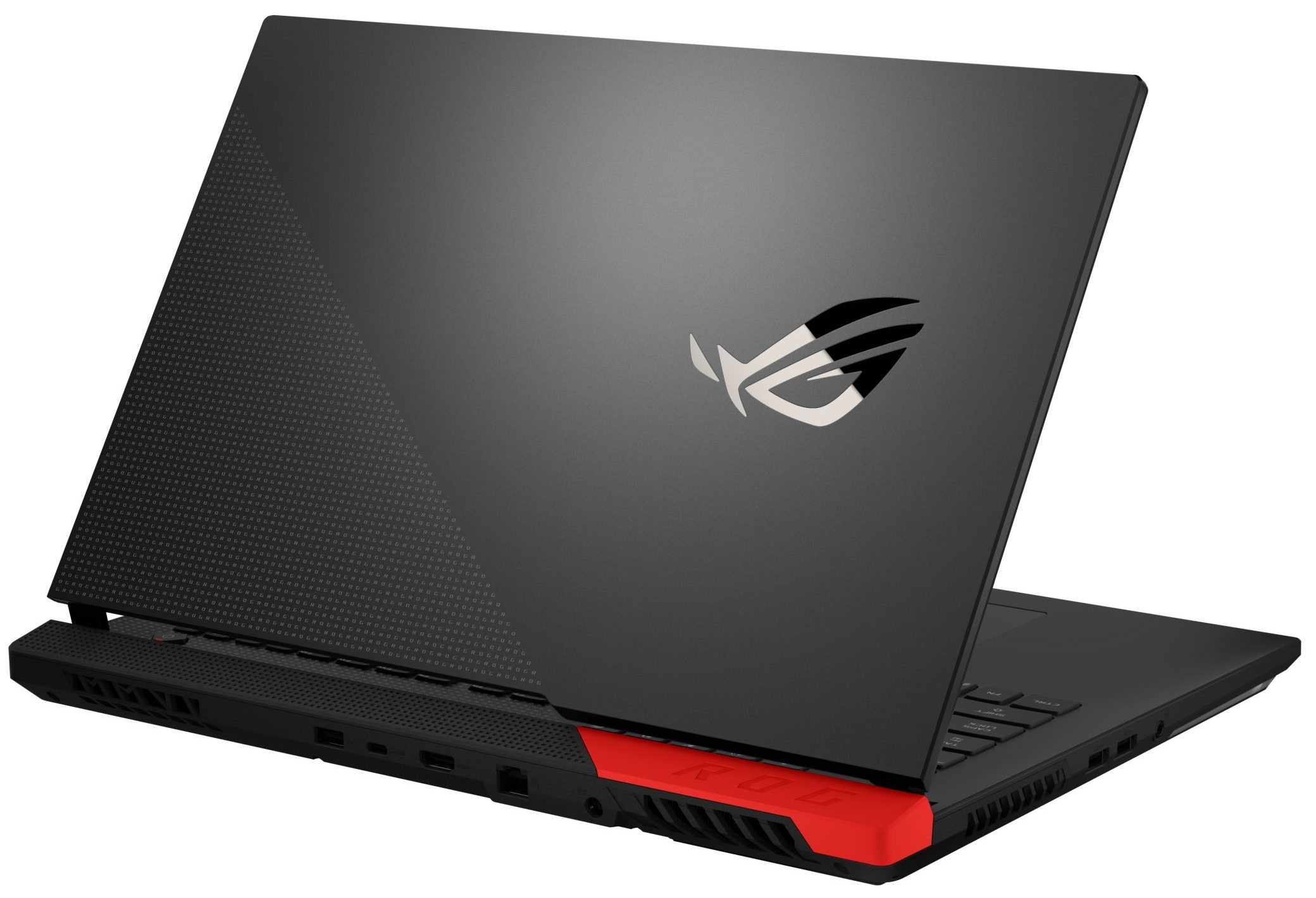
The ASUS STRIX-G17-G713QR is a high-performance gaming laptop known for its powerful hardware. However, users have reported several issues, including frequent crashes. These crashes can be attributed to a combination of overheating, driver issues, and software incompatibilities.
Users have noted that the laptop’s cooling system, while generally effective, can sometimes fail to keep up with the demands of intensive gaming sessions.
Driver updates and software changes have occasionally led to instability.
Troubleshooting Steps Taken
To address these issues, users have taken several troubleshooting steps. Updating drivers has been a primary focus, ensuring that all components have the latest software support.
Adjusting system settings, such as reducing the graphical load during gaming, has also helped mitigate crashes.
Some users have disabled unnecessary overlays and background applications that could be consuming valuable system resources.
Regular cleaning and maintenance, including ensuring the cooling system is free from dust, have also been recommended.
Solutions and Preventive Measures
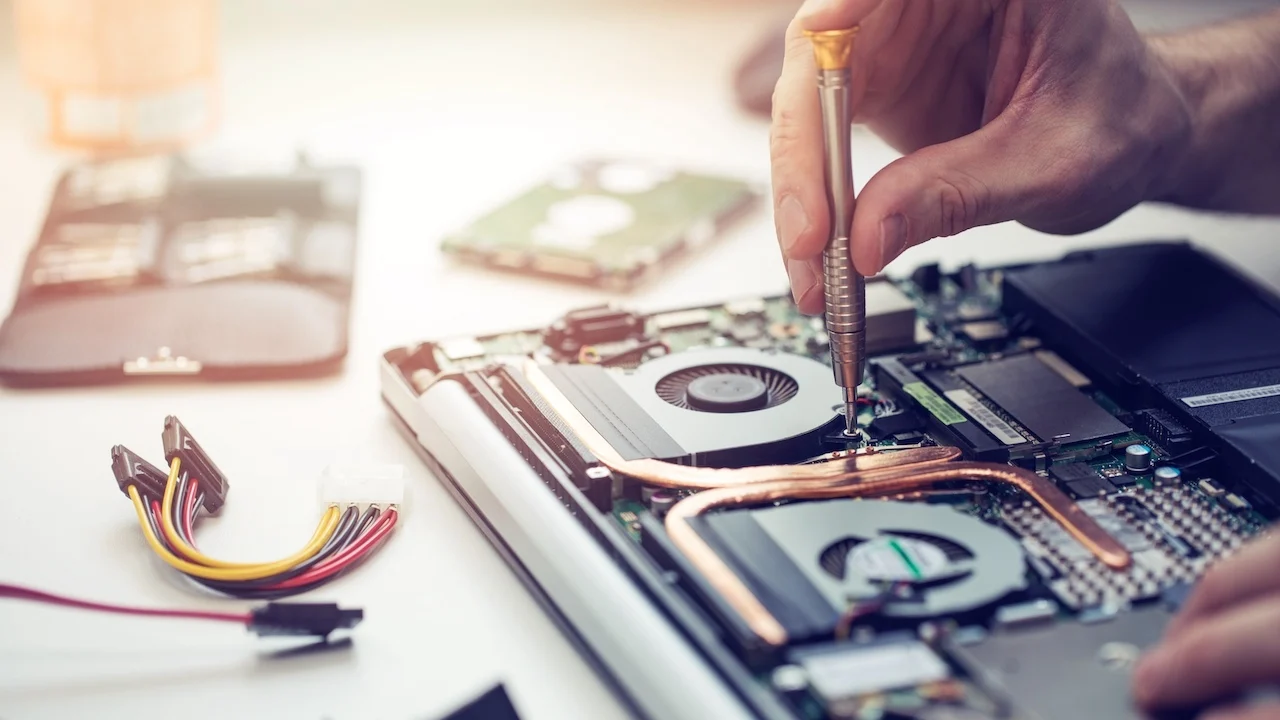
Regular maintenance is essential for preventing laptop crashes.
It includes cleaning the internal components to remove dust and debris, which can obstruct ventilation and cause overheating.
Ensuring good airflow and ventilation by using your laptop on hard, flat surfaces is also crucial.
Upgrading Components
Upgrading certain hardware components can significantly enhance your laptop’s performance and stability.
Adding more RAM can help handle more intensive applications without crashing. Replacing faulty hardware, such as a failing hard drive or battery, can also prevent crashes and extend the lifespan of your device.
Monitoring Tools
Utilizing software tools to monitor your laptop’s health and performance can help identify potential issues before they lead to crashes.
These tools can track temperature, CPU usage, and other critical metrics.
Early detection of abnormal readings can prompt timely intervention, such as adjusting settings or performing maintenance tasks.
The Bottom Line
Addressing the root causes of laptop crashes is vital for maintaining your device’s performance and longevity.
Regular maintenance, updating drivers, and monitoring system health are key steps in preventing future crashes.
Taking these preventive measures ensures a smoother, more reliable computing experience.

